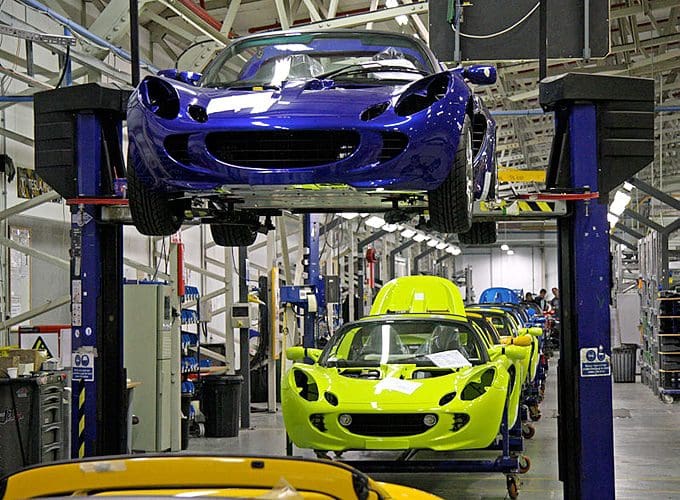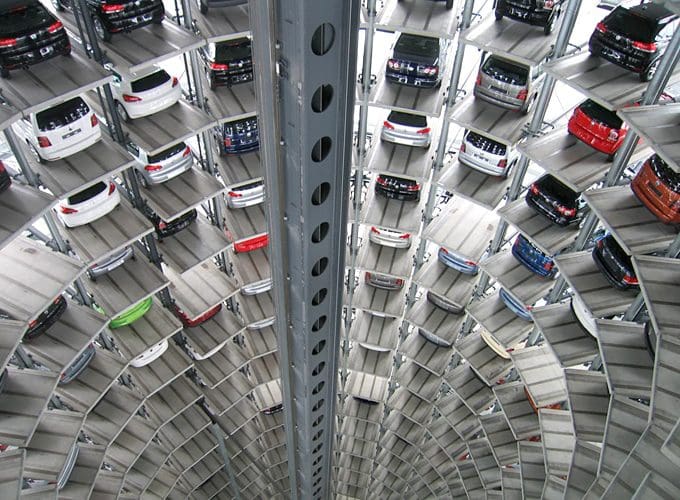words Al Woods
January this year brought grim news for UK automakers, as car production levels slumped to their lowest level since 1984. This was largely triggered by the coronavirus pandemic, although supply chain issues emerging from Brexit were also cited as being genuinely problematic.
However, little did we know then that worse was to come in July, when car production levels in the UK actually slumped to their lowest level since 1956.
But what exactly do the numbers tell us, and why have car production levels endured such a seismic decline since the beginning of the pandemic? Let’s find out!

How are Car Production Levels Faring in the UK?
In specific terms, UK car production declined by a staggering -37.6% during July, showcasing a year-on-year depreciation that represented the worst output and performance since 1956.
Although it was the first monthly fall since February, just 53,438 units were made throughout July, at least according to official figures produced by the Society of Motor Manufacturers and Traders (SMMT).
At the same time, auto manufacturing for export fell sharply, declining by -37.4% with a relatively meagre 45,205 cars ultimately shipped overseas.
Exports accounted for more than eight-out-of-10 (84.6%) vehicles built during the month of July, as demand around the world remained a little more buoyant and buyers flocked to purchase one of several high-quality cars manufactured in the UK.

What’s Behind These Production and Export Slumps?
We’ll touch on the pandemic a little later in the piece, but one of the more pressing issues at present is a global shortage of semi-conductor chips.
These computerised chips are essential to the production of contemporary cars, with brands such as Ford, Volvo and Toyota having been compelled to temporarily halt manufacturing lines at factories worldwide as a result of the shortage.
This shortage has been developing for years, amid the increased demand caused by the rollout of 5G and controversial decision by the US to prevent the sale of semi-conductors and other technological components to Huawei. This saw chipmakers outside the US flooded with orders from the Chinese firm, creating a global surge and a scenario where some components may be unavailable for 12 months or more.
In terms of Covid-19, production has also been hit by diminished demand and the so-called “pingdemic”, with some manufacturers choosing to alter their summer shutdown timings to help manage the situation better.
From a cost perspective, customers are finding it increasingly difficult to afford new vehicles in a post-pandemic landscape, especially when you also consider the cost of gap insurance and scheduled maintenance.
Ultimately, production levels remained -28.7% down in July when compared with pre-pandemic figures, highlighting the unique challenges facing the automotive trade in the current climate.
This trend is likely to continue in the near-term, especially with further lockdowns likely in the autumn and the semi-conductor shortage unlikely to be resolved any time soon.









